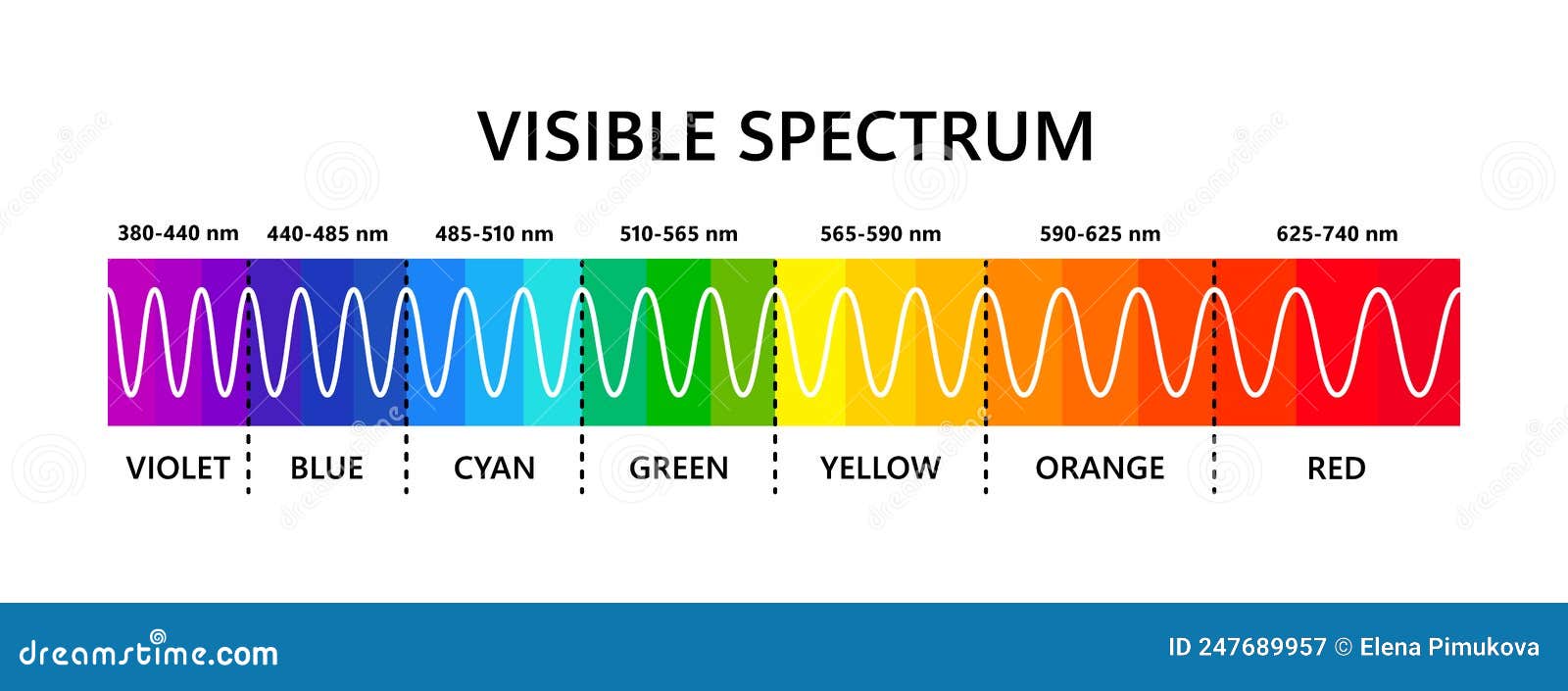

Retrieved, from NASA Science website: MLA National Aeronautics and Space Administration, Science Mission Directorate. Top of Page | Next: Reflected Near-Infrared Waves Learn more about REFLECTED Near-infrared radiation.

But many things also reflect infrared light, particularly near infrared light. We know, from looking at an infrared image of a cat, that many things emit infrared light. Southeast of the Galapagos, just west of the coast of South America, there is a place where you can distinctly see multiple layers of clouds, with the warmer clouds at lower altitudes, closer to the ocean that's warming them. For instance, note that darker clouds are warmer, while lighter clouds are cooler. This is great for studying cloud structure. Why use the infrared to image the Earth? While it is easier to distinguish clouds from land in the visible range, there is more detail in the clouds in the infrared. The Meaning of Light and Color Scientists use color as a tool to convey information. On the other end of the spectrum are gamma rays, with wavelengths billions of times smaller than those of visible light. Infrared data can also enable scientists to distinguish flaming fires from still-smoldering burn scars.Ĭredit: Space Science and Engineering Center,University of Wisconsin-Madison, Richard Kohrs, designer On one end of the electromagnetic spectrum are radio waves, which have wavelengths billions of times longer than those of visible light. This information can be essential to firefighting efforts when fire reconnaissance planes are unable to fly through the thick smoke. The Moderate Resolution Imaging Spectroradiometer (MODIS) instrument onboard the Aqua and Terra satellites uses infrared data to monitor smoke and pinpoint sources of forest fires. There are other sources of heat on the Earth's surface, such as lava flows and forest fires. Instruments onboard Earth observing satellites can sense this emitted infrared radiation and use the resulting measurements to study changes in land and sea surface temperatures. This heat is emitted from Earth in the form of infrared radiation. As incident solar radiation hits Earth, some of this energy is absorbed by the atmosphere and the surface, thereby warming the planet. Earth scientists study infrared as the thermal emission (or heat) from our planet. To astrophysicists studying the universe, infrared sources such as planets are relatively cool compared to the energy emitted from hot stars and other celestial objects. Here, the wavelength band of 380 nm to 780 nm is used. Credit: NASA, ESA, and the Hubble SM4 ERO Team MONITORING THE EARTH The wavelength range where optical radiation is visible does not have sharp borders.


 0 kommentar(er)
0 kommentar(er)
